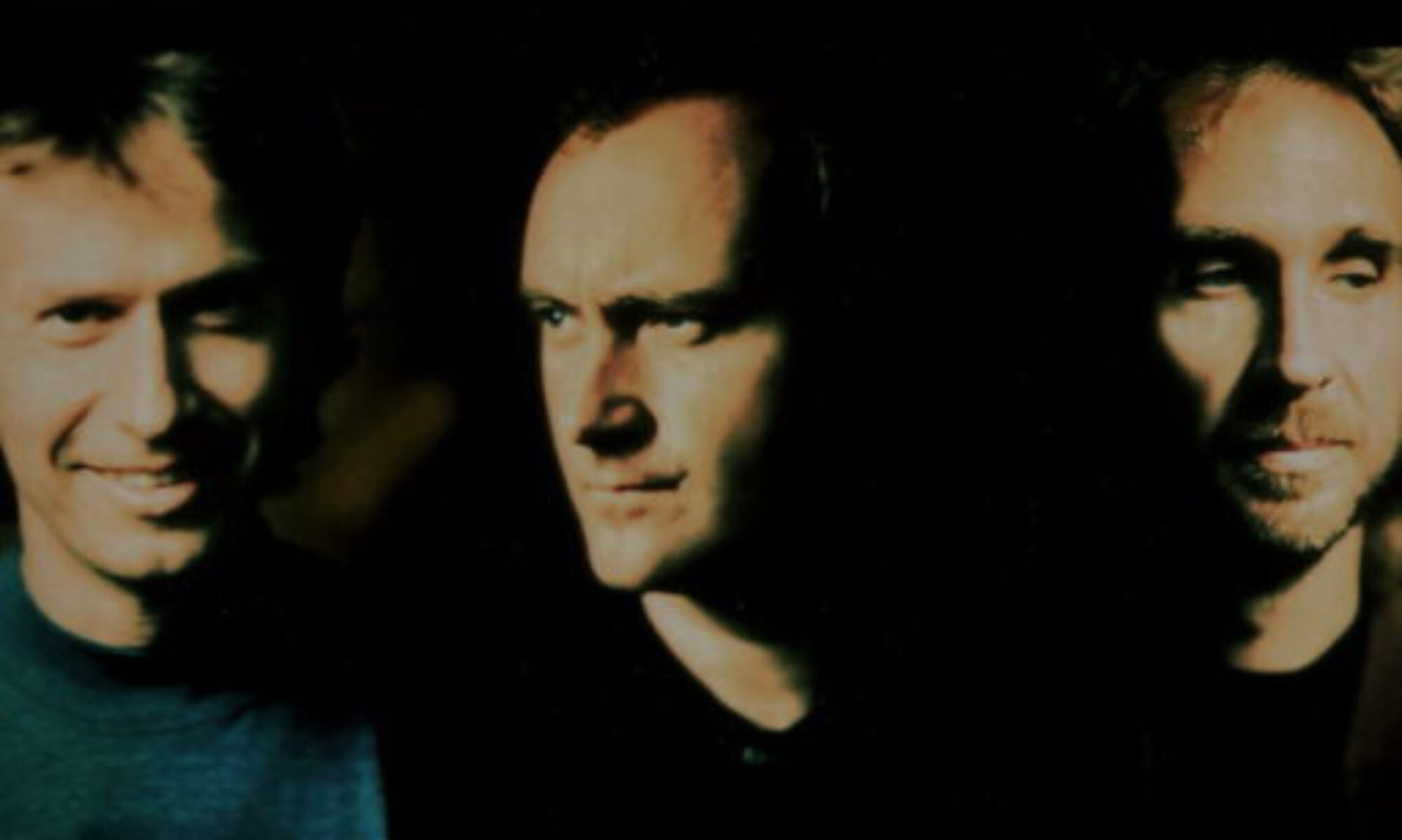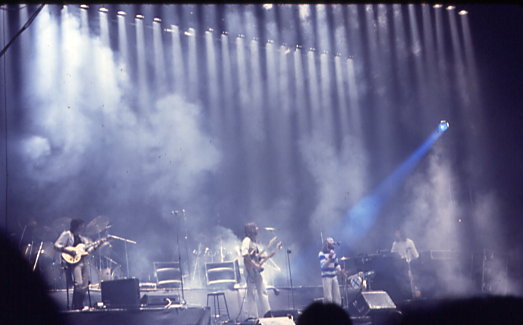On January 1, 1977, Genesis began their highly anticipated Wind & Wuthering tour with a series of three sold-out performances at London’s iconic Rainbow Theatre. These shows marked the beginning of a new chapter for the band, being the first with Chester Thompson as their touring drummer and the last with guitarist Steve Hackett. The stakes were high, and the performances lived up to every expectation, setting the tone for what would become one of the band’s most ambitious tours.
A New Era for Genesis
By the time Genesis took to the stage at the Rainbow, they were riding the wave of their recently released album, Wind & Wuthering. This was their second studio effort since Peter Gabriel’s departure and demonstrated the band’s evolving sound, shaped primarily by Tony Banks and Mike Rutherford. While Phil Collins had already proven himself a formidable frontman on A Trick of the Tail and its subsequent tour, Wind & Wuthering solidified the band’s status as a dominant force in progressive rock.
The Rainbow shows also introduced fans to a new dynamic on stage. Chester Thompson, who had played with Frank Zappa and Weather Report, stepped into the role of live drummer. Despite having just ten days of rehearsals to learn an extensive and complex setlist, Thompson impressed with his technical prowess and adaptability. Though initial reviews were mixed—with some critics finding his style less “exciting” than Bill Bruford’s—his chemistry with Collins and the band grew stronger as the tour progressed.
The Opening Night: 1 January 1977
Genesis opened their first show with “Eleventh Earl of Mar” from the new album, setting the stage with energy and precision. Fans were also treated to other Wind & Wuthering tracks, including the jazzy instrumental “…In That Quiet Earth” and the poignant ballad “Afterglow,” where Collins and Thompson recreated a stunning drum fill inspired by Zappa’s Roxy & Elsewhere. The setlist also revisited classic fan favorites like “Supper’s Ready” and “The Musical Box,” which now had a fresh groove thanks to Thompson’s jazz-rock sensibilities.
The performances weren’t just about the music. Genesis debuted a state-of-the-art stage setup, featuring computer-controlled laser lights and Boeing 747 landing lights, creating a mesmerizing visual spectacle. Despite the rise of punk rock, which critics claimed was overshadowing progressive rock, the demand for Genesis was undeniable—80,000 fans applied for just 8,000 tickets to the Rainbow shows.
Reflections on the Show
Peter Gabriel, who attended the Rainbow performances, reportedly sympathized with Thompson’s challenge of adapting to Genesis’ intricate material on short notice. However, the drummer’s confidence and skill became evident as he added his own flair to the band’s repertoire. Even tracks like “Squonk,” which some felt fell short compared to its studio version, showcased Thompson’s steady hand and growing familiarity with the material.
The new lineup’s energy was palpable. Tony Banks’ epic “One for the Vine” stood shoulder to shoulder with Genesis’ older masterpieces, while lighter moments like “All in a Mouse’s Night” brought humor to the set. The extended version of “I Know What I Like” had the audience grooving, proving that Genesis was still evolving their sound even in live performances.
A Turning Point for Genesis
The three nights at the Rainbow Theatre were a triumphant start to a journey that would take the band across Europe, North America, and South America. It was during this tour that Genesis cemented their reputation as one of the best live acts of the era, a feat recognized when they were voted “Best Live Group” in 1977.
Yet, this tour also marked an ending. Steve Hackett, whose frustrations over his role in the band had been simmering for some time, left after the tour. His departure would transform Genesis into a trio for their subsequent album, …And Then There Were Three…, signaling the end of their progressive rock era and the start of a new phase in their sound.
“Best Live Band” in 1977
The recordings from this tour were later featured on the live album Seconds Out. These concerts captured Genesis at a pivotal moment, balancing the old and the new while navigating internal changes and external pressures. For the fans lucky enough to be there, the Rainbow shows remain legendary—a testament to Genesis’ ability to innovate, adapt, and deliver unforgettable live experiences.
As Chester Thompson would later recall the Rainbow shows: “I remember there was an energy, a buzz unlike anything I felt. It wasn’t a huge venue, but the crowd was really into it. The music for me was again a challenge, because it was just so unfamiliar to me.”1
Indeed, the Rainbow shows of January 1977 were more than just concerts—they were a defining moment in the history of Genesis.
Title photo: Genesis_(the_band). Source: Wikimedia Commons, Jean-Luc / CC-BY-SA-2.5 (https://creativecommons.org/licenses/by/3.0).
Sources
Bowler, Dave; Dray, Bryan (1992): Genesis. A biography. London: Sidgwick & Jackson.
CHESTER THOMPSON FULL INTERVIEW : HOW HE WENT FROM ZAPPA TO DRUMMING WITH GENESIS & PHIL COLLINS.
Frischvers, Richard, ‘Wind & Wuthering’. Circus (31 March 1977), pp. 58–60, https://thegenesisarchive.co.uk/circus-magazine-wind-and-wuthering-feature-31st-march/, archived from the original on 11 October 2015.
Platts, Robin (2007): Genesis. Behind the lines, 1967-2007. Burlington, Ont., Canada: Collectors Guide Pub.
Thompson, Dave (2005): Turn it on again. Peter Gabriel, Phil Collins & Genesis. San Francisco: Backbeat Books.
- CHESTER THOMPSON FULL INTERVIEW : HOW HE WENT FROM ZAPPA TO DRUMMING WITH GENESIS & PHIL COLLINS. ↩︎


Correction – Chester did not tour with the band during the CAS tour in 1998. Nir Z was the drummer on that tour.